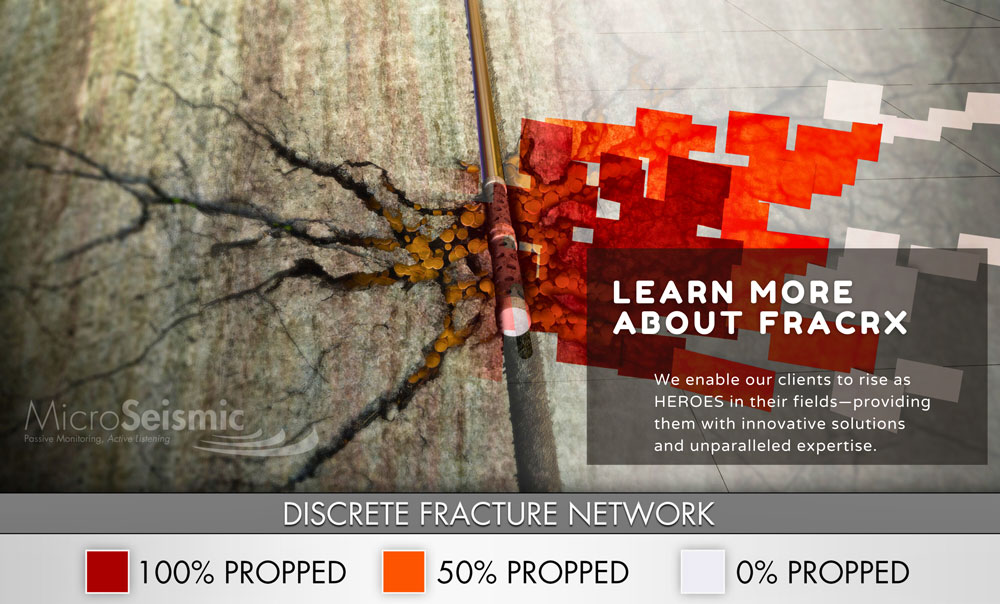
Hydraulic fracture propagation along bedding planes might be more prevalent than we think
Our Speakers:

Egor Dontsov
Chief Scientist, ResFrac
Abstract:
It is commonly assumed that most commercial unconventional plays exhibit predominantly vertically oriented hydraulic fractures. At the same time, there is mounting evidence that hydraulic fractures may propagate along sub-horizontal bedding planes in some instances. This paper first summarizes field observations of horizontal hydraulic fractures, which include measurements from tiltmeters, microseismic, fiber optics, casing deformation, as well as observations of propped horizontal fractures in a vertical core. Then, rock properties are revisited with respect to their influence on horizontal fractures. Shales are finely layered rocks that typically exhibit elastic, toughness, and tensile strength anisotropies. Tensile strength anisotropy in particular makes it easier to initiate a sub-horizontal fracture along a bedding interface, rather than a vertical fracture perpendicular to layers. As a result, it is possible to initiate a horizontal hydraulic fracture even if vertical stress exceeds its horizontal counterpart. This observation is supported by laboratory experiments. In addition to this, shales exhibit viscoelasticity or creep, which leads to stress relaxation and brings the state of stress close to hydrostatic. The combination of viscous stress relaxation and tensile strength anisotropy greatly elevates the possibility of initiation of horizontal hydraulic fractures. Operational parameters may also contribute to the creation of horizontal fractures. As single well stimulations are being replaced with multi-well developments, this leads to an overall higher stress build-up in the reservoir. In particular, higher fluid loadings and closer well spacings lead to bigger stress change. As the stress shadow accumulates and the minimum horizontal stress increases, at some point the stress contrast becomes insufficient and horizontal fractures start to form. We provide estimates to evaluate operational parameters that influence the stress build up in the formation. It is shown that horizontal hydraulic fractures are affected by both rock and operations. The rock has a certain capacity or stimulation intensity limit before horizontal fractures start to form. Therefore, operations need to be tailored to a specific location, if the goal is to avoid horizontal fractures. Several examples illustrating formation of horizontal fractures are presented.
Register now
Speaker Bios:
More information coming soon!
Egor Dontsov is a Chief Scientist at ResFrac Corporation. Previously, he worked at W. D. Von Gonten Laboratories and was an Assistant Professor at the University of Houston. He holds a B.S. degree in Physics from Novosibirsk State University in Russia and a Ph.D. degree in Civil Engineering from the University of Minnesota. Dr. Dontsov has over ten years of academic and industrial experience in hydraulic fracturing and has co-authored over 60 peer-reviewed journal publications and over 20 conference papers, most of which are related to the numerical modeling of hydraulic fracture growth and proppant transport. Dr. Dontsov is a lifetime ARMA and SPE member and currently serves as the Chair of ARMA’s Technical Committee on Hydraulic Fracturing (TCHF), as well as the member of ARMA’s Board of Directors.










